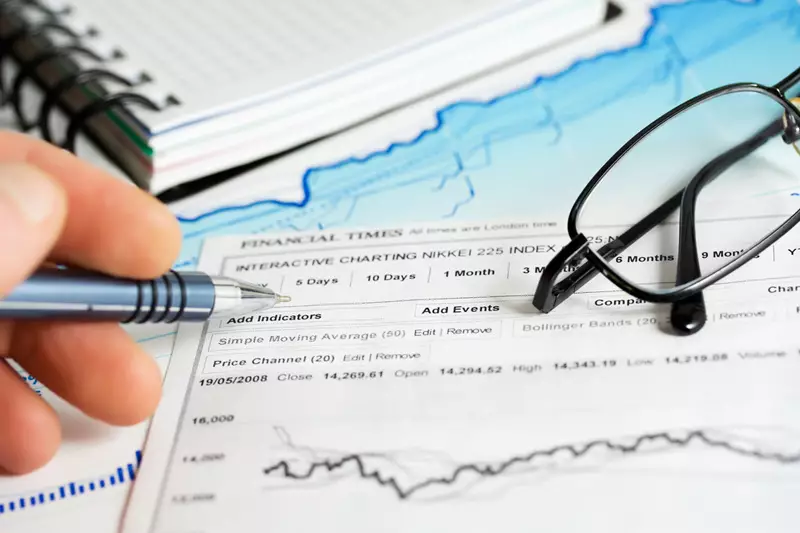On January 6, 2025, Canadian Prime Minister Justin Trudeau declared his intention to resign from his role as the leader of the Liberal Party. This announcement signals a significant shift in Canadian politics, as the party now embarks on a journey to select a new leader who will subsequently assume the role of Prime Minister. This transition is crucial, not just for the Liberal Party, but for the entire Canadian political landscape, which is gearing up for a federal election by October 2025. The rescheduling of Parliament’s activities, suspended until March 24 to facilitate the leadership race, highlights the urgency and importance of the upcoming changes.
With Trudeau stepping aside, several prominent figures are vying for the position of party leader. Notable candidates include Chrystia Freeland, who previously served as Finance Minister, and Mark Carney, known for his tenure as Governor of both the Bank of Canada and the Bank of England. Their candidacies illustrate the Liberal Party’s willingness to draw on its experienced members in a critical time. As these figures prepare to campaign for leadership, their platforms and policies will be pivotal in reconnecting with voters—especially as current polling data reflects a growing concern among Liberal supporters.
Recent polling from CBC News highlights a daunting challenge for the Liberal Party, showcasing a 24-point deficit to the Conservative Party led by Pierre Poilievre. This significant gap indicates a shift in public sentiment that could culminate in a Conservative majority in the upcoming election. If the Conservatives maintain this momentum, they will likely influence Canada’s legislative agenda, steering the country towards a more fiscally conservative framework. The implications of such electoral outcomes could resonate through various sectors, underscoring the need for the Liberal Party to refine its strategies before the election.
The transition to a Conservative government could herald a new economic approach, as suggested by insights from the Bank of America. With discussions around fiscal consolidation likely to emerge, the new leadership will confront challenges in managing economic policies as well as international relations, particularly those concerning the United States. The relationship with the incoming U.S. president could be especially complex, significantly affecting trade policies and economic stability in Canada. While the Bank of America does not foresee immediate blanket tariffs on Canadian goods, the prospect of leveraging tariffs as a negotiation tactic remains a concern.
As the Liberal Party grapples with leadership changes and the looming federal election, the Canadian political environment stands at a crossroads. The outcomes of this evolving situation will shape not only domestic policy but also Canada’s international standing. The ability of the next leader to unify the party and effectively engage with Canadians will be crucial. As uncertainty hangs in the air, stakeholders from various sectors will be closely monitoring developments that could influence economic and political stability in Canada. The future is unpredictable, but how the political landscape navigates these challenges will inevitably define Canada’s trajectory in the coming years.

